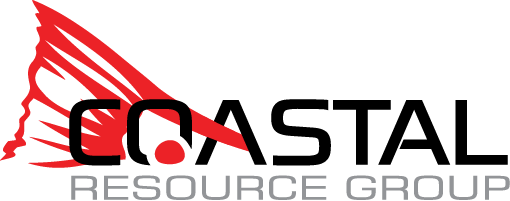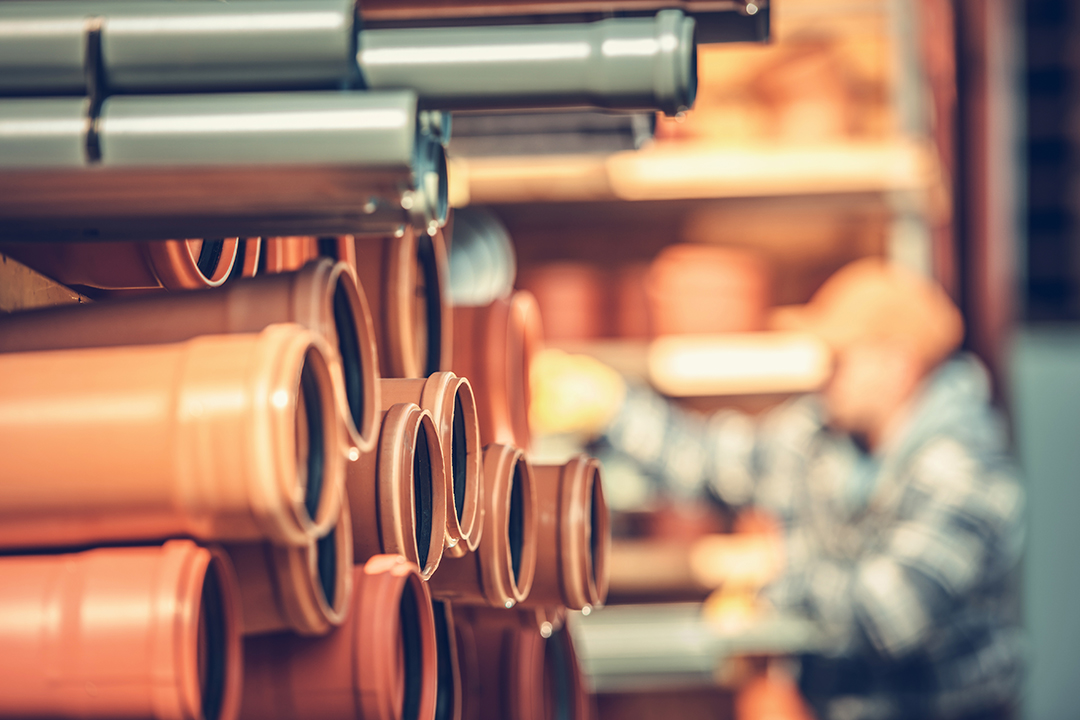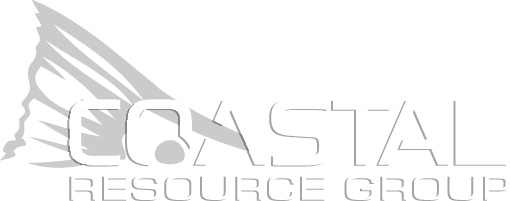Standard Dimension Ratio (SDR) serves as the fundamental measurement for industrial pipe specifications. The SDR standard dimension ratio directly influences pressure ratings, system performance, and operational efficiency in oil and gas, chemical, and industrial processing operations. Understanding the standard dimension ratio formula provides the foundation for proper pipe system design and implementation.
SDR Formula and Basic Calculations
The standard dimension ratio uses a simple calculation: divide the pipe’s outside diameter (OD) by its minimum wall thickness. This basic formula determines pipe strength and pressure capacity. For example, if a pipe has an outside diameter of 14 inches and a wall thickness of 1.273 inches, its SDR value equals 11.
Common SDR measurements in industrial applications include:
- SDR 7.4: Wall thickness = OD/7.4
- SDR 11: Wall thickness = OD/11
- SDR 17: Wall thickness = OD/17
These measurements translate directly to real-world applications. A 14-inch pipe with SDR 11 provides superior pressure handling through its 1.273-inch wall thickness. The same pipe with SDR 17 features a thinner 0.824-inch wall, suitable for lower pressure requirements. This direct relationship between SDR values and wall thickness makes pressure calculations straightforward across pipe sizes.
Wall thickness variations also affect internal diameter and flow capacity. Lower SDR values indicate thicker walls, reducing the internal diameter available for flow. Higher SDR values provide larger internal diameters but decrease pressure handling capability. This relationship guides pipe selection based on specific flow and pressure requirements.
Pressure Ratings and SDR Performance Standards
The SDR standard dimension ratio directly affects pressure handling capabilities. Higher SDR numbers indicate thinner walls, while lower standard dimension ratio values signify thicker walls. These SDR specifications influence flow characteristics, pressure resistance, and system durability.
| Standard Dimension Ratio | Application Type | Pressure Rating |
| SDR 7.4 | High-pressure systems | Maximum pressure |
| SDR 11 | Standard applications | Medium-high pressure |
| SDR 17 | Low-pressure systems | Standard pressure |
Industry Applications and SDR Requirements
The standard dimension ratio requirements vary significantly across industrial sectors, each presenting unique operational challenges and safety demands.
Oil and Gas Applications
Oil and gas gathering systems commonly employ various SDR-rated pipes, including SDR 11, to handle pressures ranging from 160 to 250 PSI. These systems transport crude oil, natural gas, and produced water across varying terrains and temperatures. SDR 11 pipes, with their balanced wall thickness, are one of the several options that can provide suitable performance while maintaining cost-effectiveness in large-scale installations. In shale operations, including those in the Eagle Ford region, pressure-rated pipes like SDR 11 can help manage both high pressures and ground movement.
Mining Industry Specifications
Mining operations face extreme conditions requiring SDR 7.4 pipes. Underground installations must withstand:
- Ground pressures exceeding 300 PSI;
- Corrosive slurry transport;
- Heavy equipment loads; and
- Frequent pressure fluctuations.
SDR 7.4’s thicker walls provide the necessary durability for these demanding environments.
Petrochemical Processing Requirements
Gulf Coast petrochemical facilities require varied SDR selections based on specific chemical processes. High-temperature applications often utilize SDR 11 pipes for their balance of pressure resistance and chemical compatibility. Cooling water systems might employ SDR 17 pipes where pressure requirements are lower. Chemical transfer lines frequently specify SDR 7.4 for maximum safety margins when handling corrosive materials.
Water Treatment Applications
Municipal and industrial water treatment plants select SDR ratings based on specific process stages. Raw water intake lines often use SDR 17 for their larger internal diameter and adequate pressure rating for pump suction lines. Treatment process piping typically requires SDR 11 for handling varying chemical concentrations and pressure requirements. High-pressure reverse osmosis systems demand SDR 7.4 pipes to manage operating pressures above 300 PSI.
These industry-specific requirements demonstrate why proper SDR selection proves critical for system safety and longevity. Each application demands careful evaluation of operating conditions, including pressure requirements, temperature variations, chemical exposure, and installation environment.
System Integration and Installation
Proper SDR matching between pipes and fittings prevents common installation issues. Industry standards favor SDR 11 and SDR 17 fittings due to worldwide availability. Mismatched SDRs create several problems:
Flow Characteristics
SDR variations between connected pipes create internal turbulence. When fluid hits dimensional changes at pipe joints, accelerated wear occurs in flange areas and at bends. This turbulence increases maintenance requirements and reduces system lifespan.
Welding Requirements
Each SDR requires specific fusion parameters:
- Heating plate temperatures: 400-450°F.
- Fusion pressures: 60-90 PSI for SDR 11.
However, SDR 7.4 requires modified settings, while pipes with thicker walls require extended heating times.
Environmental Factors in SDR Selection
Temperature variations impact standard dimension ratio performance. Lower SDR values provide better resistance to thermal cycling. This becomes particularly relevant across South Texas installations, where temperature variations stress piping systems.
The selected standard dimension ratio also affects chemical exposure resistance. Thicker walls provide greater material mass for chemical resistance. This factor influences SDR selection in petrochemical applications, where chemical exposure combines with pressure requirements.
Cost Impact and System Value
Standard dimension ratio choices influence total system costs far beyond initial material expenses. A strategic SDR selection balances upfront investment against long-term operational value.
Initial Investment Factors
Material costs increase predictably with wall thickness. SDR 7.4 pipes require more raw material than SDR 17 pipes of the same diameter, resulting in higher purchase costs. However, these costs must be evaluated against application requirements and system longevity.
Installation expenses vary by SDR rating:
- Thicker walls require longer fusion times;
- Specialized equipment is needed for pipes with lower SDR values;
- Additional labor costs are often necessary for complex installations; and
- Non-standard SDR installations call for extended project timelines.
Long-term Cost Considerations
Fitting availability plays a crucial role in maintenance costs. Standard SDR 11 and SDR 17 fittings maintain widespread availability, keeping repair and modification costs predictable. Custom fittings for non-standard SDRs can triple replacement costs while extending system downtime.
Proper SDR selection reduces lifetime operational costs through:
| Cost Factor | Impact of Correct SDR |
| Maintenance Frequency | Reduced wear points and system stress. |
| Repair Complexity | Simplified maintenance procedures. |
| System Longevity | Extended service life. |
| Operational Efficiency | Optimized flow characteristics. |
Regular maintenance costs decrease with appropriate SDR selection. Properly matched SDR values minimize system wear, reduce failure points, and extend intervals between required maintenance. This reduction in maintenance frequency directly impacts long-term operational costs.
Industrial Supply Solutions from Coastal Resource Group
Coastal Resource Group provides comprehensive SDR expertise across South Texas. Our technical capabilities and strategic locations in Dickinson and Seguin ensure optimal support for industrial piping projects. We offer:
- Complete SDR specification and selection support;
- Full inventory of SDR 7.4, 11, and 17 pipes and fittings; and
- 24/7 technical consultation and rapid delivery.
Contact our specialists at (281) 549-4132 for immediate assistance with your industrial piping needs or visit our website today.


